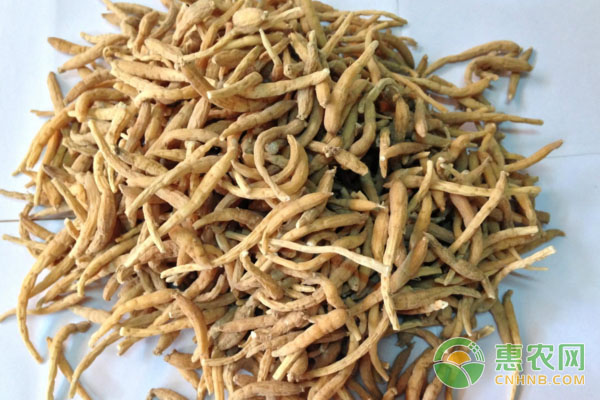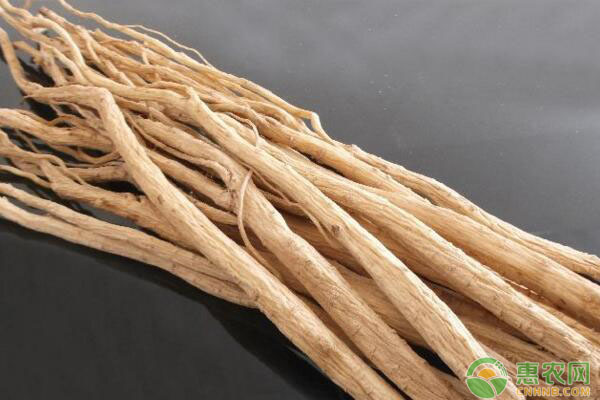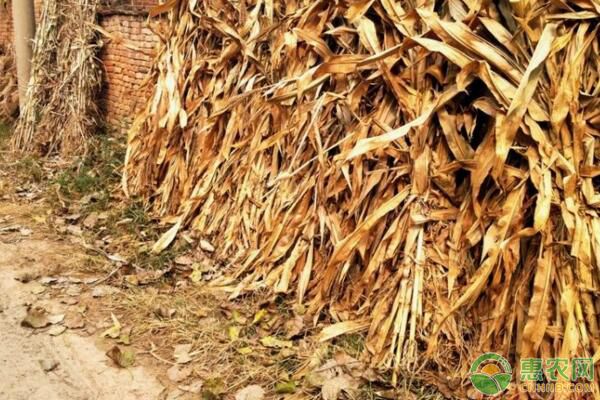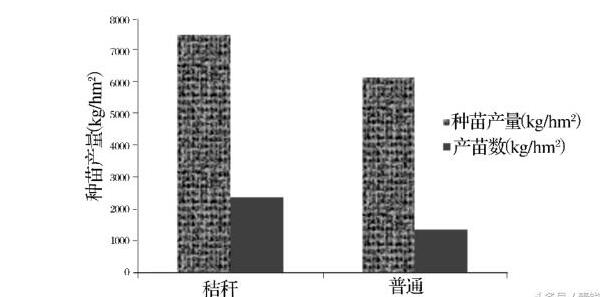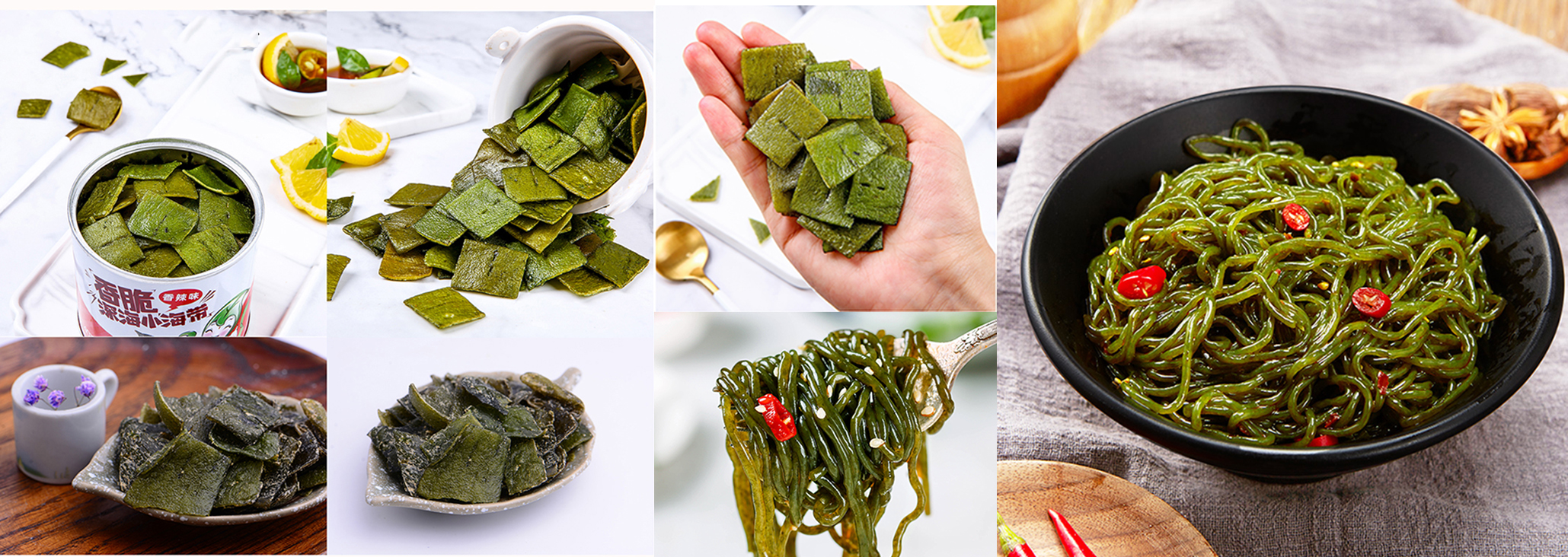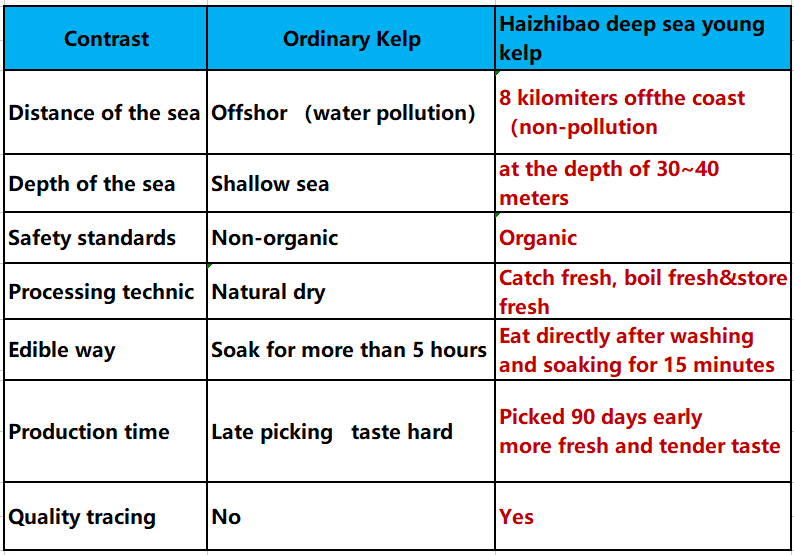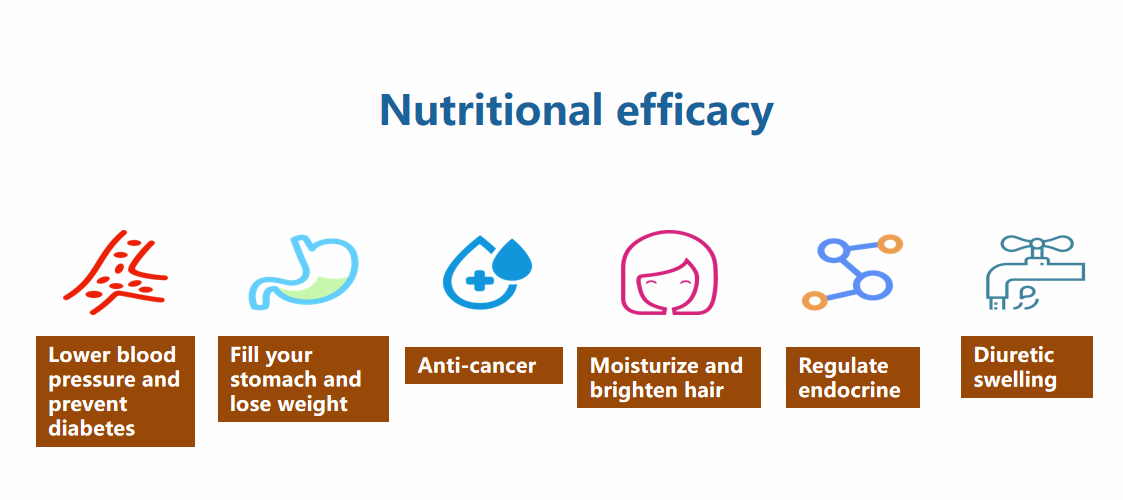What is the impact of nursery methods on Codonopsis pilosula? Codonopsis pilosula is a perennial herb of Campanulaceae, which has the effects of strengthening the spleen and nourishing the lungs and nourishing the blood. Dangshen is the most widely cultivated and most commonly used Chinese medicinal material variety in Dingxi. In 2017, Codonopsis pilosula planted area reached 29.31 million hm2, accounting for 28.4% of the total area of ​​Chinese medicinal materials. At present, in the study of Codonopsis pilosula, the focus is on the study of seed germination, and there are not many researches on the way of seedling cultivation. Therefore, today Xiaobian talks about the research on the cultivation technology of Codonopsis sinensis. 1 Materials and methods 1.1 Overview of the test area The seedling test was conducted in Huamawan Village, Lianerwan Township, Linyi County. The area is 2 150m above sea level, the annual average temperature is 4.8 °C, the frost-free period is 148d, and the soil is yellow loess. The organic matter content was 38.0 g/kg, the total phosphorus was 0.80 g/kg, the total potassium was 22.3 g/kg, the total nitrogen was 2.45 g/kg, and the pH was 7.5. 1.2 Test materials The seed ginseng seed variety was selected from Dingfang No. 3, which was selected by Dingxi Agricultural Science Research Institute. The straw was corn stalk, and the biological strain was “001†for bioreactor. The specification was 1kg/bag. 1.3 Test methods 1.3.1 Scheme design In the middle and late April of 2016, the experiment was carried out according to two kinds of treatment methods: straw seedling and common seedling. The seeding methods were all strips, three repetitions, and the plot area was 2m×3m=6m2, with a total of 6 plots. The line spacing is 20cm, and a protection line of 1m wide is left around the test block. The sidewalk between the two treatments is 30cm wide. After sowing, the test plots were covered with a black shade net to avoid exposure to the sun. In the spring of 2017, the relevant indicators for the treatment of straw seedlings and common nursery were carried out. 1.3.2 Seed treatment Seeds with full grain and no damage and mildew are selected before seedling. Before sowing, the seed germination rate was measured and the seed with germination rate ≥80% was selected as the seed for seeding. Before seeding, put the seeds into a cotton bag, soak them in 42-degree hot water for 10 hours, and stir them every 0.5 hours. When the water is at room temperature, take it out and rinse it with water several times. Place it in a 22 °C environment and cover the wet towel. It is germinated and can be sown when the seeds are cracked and exposed for about 7 days. 1.3.3 Soil treatment Choose a semi-yin hillside with high terrain, good drainage and fertile soil to nurse the nursery. Both straw seedling and common seedlings were carried out in a seedling bed of 2m×3m=6m2, and each application was 35% carbendazim 5g and 0.5% avermectin granule 5g. At the same time, the fully decomposed horse manure, pig manure and other farmyard manure 30kg were smashed with a small micro tillage machine, and then the seedbed was leveled. 1.3.4 Straw and strain treatment Before use, the corn stalks are pulverized into a short length of 1 cm for use. In this test, 0.8 kg + 16 kg of wheat bran + 14.4 kg of water was used, and the three were mixed and mixed for 3 to 4 hours. When planting, put the straw on it, and convert the straw into carbon dioxide, heat, nutrients and organic fertilizer. If you can't use it on the same day, you should stack it indoors or in a cool place. The stacking thickness is 5~8cm, and it must be used up within 3 days. 1.3.5 Sowing In the middle and late April 2016, it was planted with strips, and the line spacing was 20cm. The groove was opened to a depth of about 3 cm and a width of 10 cm on the flattened seedbed, and the seeds were mixed with 5 times of fine yarn, and the seed amount was 10 kg/hm2, and the seed was placed in the ditch by hand. When stalking, first sprinkle the straw in the ditch and sprinkle the above-mentioned strains after mixing and mixing. The test uses 200kg of straw, and then sieves the finely ground wet soil with iron sieve on the seed. 0.5cm, 4 lines per broadcast. Then level the soil layer and bring the seeds into contact with the soil. Water in time to keep the soil moist and loose. 1.3.6 Seedbed management Keep the seedbed moist after sowing, and it will emerge in about 15 days. Weeding and loosening at the same time when two true leaves are grown, it is best to pull them by hand when weeding. When the seedling grows to 1.5cm or more and there are two pairs of true leaves, choose cloudy or evening, and remove the black shade net halfway. When the seedling grows to 2.5cm, remove it all. When the seedling height is 6cm, the seedlings are kept at a distance of 3cm depending on the growth condition. When the seedling height is 10cm, the seedlings are fixed and the seedlings are kept at a distance of 10cm. 1.3.7 Seedlings After a year of seedling growth, Dangshen seedlings will be fully seeded before transplanting in spring 2017. When starting the seedlings, first use the iron shovel to dig up the seedlings and shake off the soil. Turn the seedlings with 20% of the soil after the excavation into a small bundle of 450g and put them into the carton for transplanting. 1.3.8 Determination of indicators Before the seedlings, 1 / 3 plots were randomly selected as sampling areas in each plot. Each sampling area was dug with a steel fork to excavate the seedlings in the sample area. The soil and residual stems were removed and the total yield was weighed. Standard rating. Then, the seedlings of the mixed seedlings were randomly selected from 30 seedlings and seedlings to measure the individual quality index, the root length was measured with a tape measure, the root thickness was measured with a vernier caliper, and the single fresh weight index was measured with a one-cent electronic balance. 1.3.9 Analysis method The collected data were analyzed by ANOVA using SPSS19.0 software, and charts were made with Excel2016. 2 Results and analysis 2.1 The effect of seedling raising methods on the quality index of Codonopsis pilosula seedlings Table 1 Effect of seedling raising methods on quality indexes of Codonopsis pilosula seedlings The quality index of Dangshen seedlings is used to evaluate the quality of Codonopsis seedlings. It can be seen from Table 1 that when the seedlings of straw seedlings and common seedlings are harvested in the next year, the individual seedlings of the seedlings are better than the common seedlings, and the root length, lateral root number and single root fresh quality index are up to The level of significant difference (P <0.01), the root crude quality index reached a significant level of difference (P <0.05). Compared with the common seedling methods, the root length, root thickness and single fresh weight of straw seedlings increased by 3.79cm, 0.05cm and 1.12g, respectively; the straw treatment was 0.14 less than the number of lateral roots treated by ordinary treatment. 2.2 Effects of seedling raising methods on the yield and seedling number of Codonopsis pilosula According to the results of the determination of the yield and seedling number of Codonopsis pilosula (Fig. 1), under the conditions of equal seeding, the yield and seedling yield of the straw seedlings were higher than the common seedlings, and the yield and seedlings were produced. The trend of the number is consistent. Among them, the seedling production increased by 18%, and the number of seedlings increased by 43%. Fig.1 Effect of different seedling raising methods on seedling yield and seedling number 3 Conclusion The production of Codonopsis pilosula is mainly based on the planting method of transplanting seedlings first, and the selection of suitable seedling raising methods is conducive to improving the yield and quality of individual and unit area seedlings. The results of this experiment showed that: using straw to raise seedlings, the indicators of root length, root thickness, number of lateral roots and single fresh weight of Codonopsis pilosula seedlings were better than those of common seedlings. Therefore, in the breeding and cultivation of Codonopsis pilosula Straw seedling cultivation and cultivation can be promoted to achieve the purpose of improving ecology, high yield and high quality.
Kelp Noodles
The fast pace of life needs the adjustment of delicious taste. "Hai Zhi Bao" instant Kelp Crisps is the best choice undoubtedly. It is convenient to eat, healthy ,delicious and crispy like ships.It`s the best snacks when travel,hold parties and other good moments
The benefits of kelp include lowering blood pressure, preventing diabetes, anti-cancer properties, bone health, improved constipation, recovery from fatigue, healthy hair, dry skin and aid in weight loss
The difference between deep sea kelp and traditional ordinary kelp
Nutrational Effects
Kelp Noodles,Seaweed Noodles,Sea Tangle Kelp Noodles,Kelp Pasta Shandong Haizhibao Ocean Science and Technology Co.,Ltd. , https://www.haizhibaoseafood.com